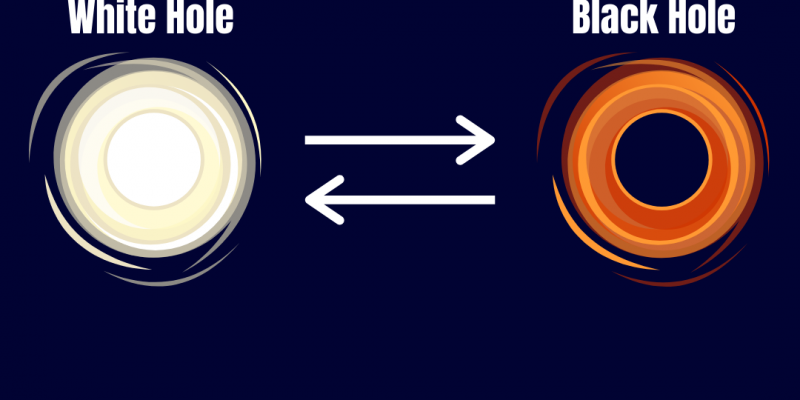
“Abandon all hope, ye who enter here.” -An Italian poet Dante Alighieri
Astronomers and space enthusiasts talk about Black holes a lot because we just cannot seem to get enough of them. We give them a great deal of attention, but today let’s just talk about their bizarre twins- The White Holes.
The equations of general relativity theorized the existence of white holes as it does for its collapsed star counterpart, blackholes. Some physicists even claim that these twin swirling astronomical objects in spacetime can be the two sides of the same coin. In 2019, black holes were finally proven to be real.
Does that suggest that white holes are an undeniable occurrence of the universe, too? What is a white hole? How do they form? How do they work? And, do they even exist at all? Can a white hole turn into a black hole? Is a white hole a black hole’s time reversal?
There are many more questions than answers when it comes to white holes, and that leaves room for plenty of imaginative theories about what a white hole is. But before, let’s understand black holes.
Black Hole: A no men’s land
Everybody knows what a black hole is, except that nobody knows what a black hole is!” – Neil deGrasse Tyson
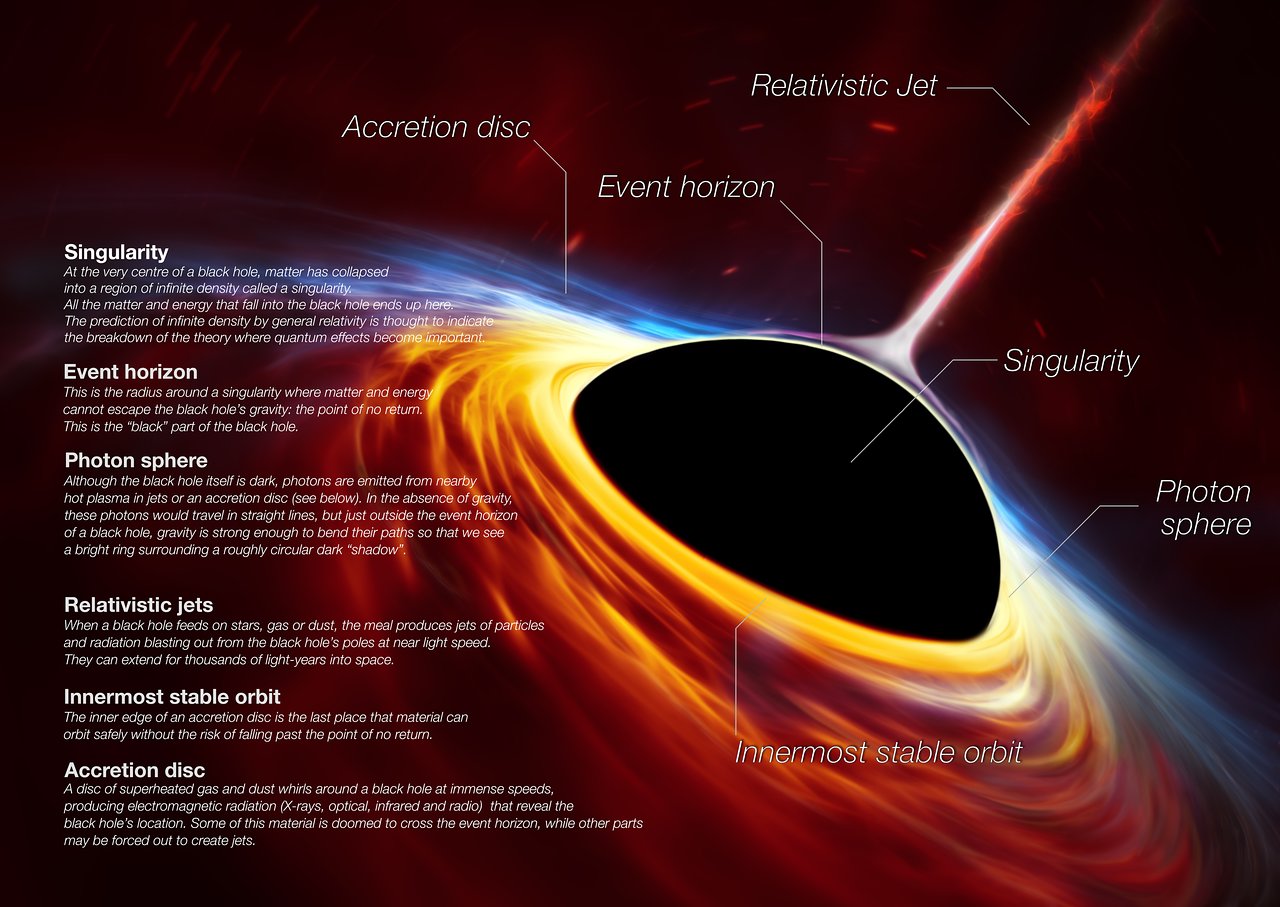
An artistic impression of a supermassive black hole with accretion disc. Source- NASA/JPL-Caltech
Black holes are considered one of the most devastating objects in space. Its signature move is that it can suck up everything around.
In 1915, Einstein’s field equations turned the world of physics upside down. The theory described the force of gravity, which is also our current understanding, and demolished the prevailing paradigm that instead of being rigid, space and time can bend and fold with the mass of stars and planets.
Consequently, physicists were able to describe how a spherical mass shrank down to an infinitely dense point (singularity) that could wrap space around it so tightly that a region of space is effectively pinched off from the rest of the universe, creating a no-man land beyond the event horizon where the laws of physics no longer apply, thus, giving rise to a Black Hole.
A black hole is an incredibly dense area of space where all matter has been squeezed into an impossibly tiny space, as described before, the singularity. This creates such an intense gravitational pull that nothing, not even light, can escape from the black hole’s clutches.
A black hole’s event horizon is what we consider the surface of the black hole, although it is not a surface or a membrane or a barrier. Rather, it is the threshold beyond which there is no going back. The event horizon is the point of no return.
Nothing can ever escape back once passed over an event horizon. Not even light can pass its clutches. Once something or someone has crossed the event horizon, they will begin the inevitable process of falling towards the black hole’s singularity, eventually dissolving into the singularity itself. We can only guess what happens after that.
Scientists had speculated about the existence of black holes years before. Einstein’s hypothesis paved the way for physicists to establish their existence, theoretically, at least.
The black holes are invisible to the naked eye as no light can escape from a black hole. Until very recently, the only way scientists subjected to find evidence of black holes was to look for signs of their impact on the surrounding universe. This helped physicists pinpoint the location of a black hole, even if they can’t see the black hole itself.
Finally, in 2019, scientists brought about a stunning breakthrough in the study of black holes. The International Event Horizon telescope caught the world’s first picture of a black hole. Technically, what they captured was the black hole’s shadow, since the absence of light reflecting from a black hole makes the black hole itself impossible to see, but this was the world’s first original photographic evidence of the existence of black holes.

First-ever image, as captured by EHT array, of the supermassive black hole in the centre of the galaxy M87. Source-EHT Collaboration
What if that this is not the black hole at all, but its neglected twin – the white hole? Could this be his chance, once and for all to show its existence?
White hole: The neglected twin
Studies on black holes are ventured for decades. It is just our beginning to understand them. Only recently astronomers have turned their attention to the black hole’s neglected twin – the white hole.
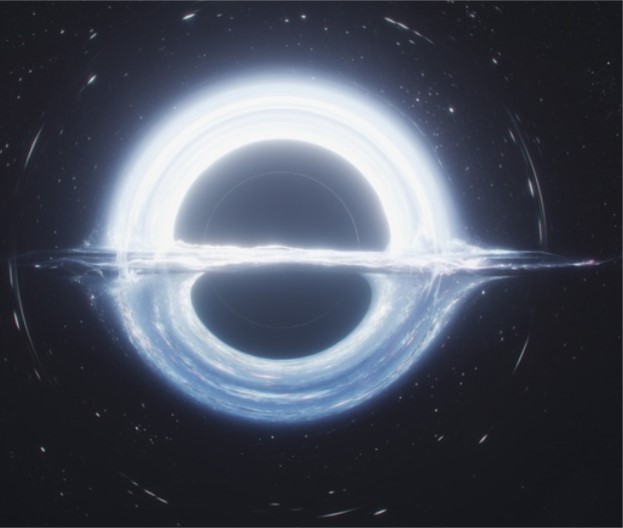
An artistic representation of a White Hole. Source-SEDS KCT
From afar, a white hole would appear identical to its better-known cousin, a black hole. Likewise, a white hole could be huge or small, might spin or remain static, and could be electrically charged. A white hole would also be enclosed by a ring of dust, and a cloud of gas and debris would accumulate at its event horizon.
The key difference between a black hole and a white hole is that of a white hole burp. Yes, burp.
Contrary to a black hole, from which nothing can escape, matter can traverse the event horizon and get out of a white hole. It’s only in these moments, when objects emerge from the white hole, that scientists can definitively say that what they are looking at is a white hole and not a black hole.
If a black hole’s event horizon is the point of no return, then the event horizon of a white hole could be described as the point of no admission as nothing can ever surpass the event horizon of a white hole and reach the centre.
In a black hole, matter in the space outside can travel the event horizon to fall in the interior of the black hole, but objects within the black hole can never again interact with space outside.
In a white hole, the reverse holds. Objects from inside the white hole can cross the event horizon and interact with objects in the space outside of it, but nothing on the outside can ever enter the white hole or affect the inside.
While Einstein’s theory of general relativity does describe the existence of both black and white holes, it doesn’t explain how a white hole might form in space. A black hole forms when a dying star implodes in a supernova, collapsing all of the star’s matter into an impossibly tiny area cordoned off from the rest of space.
The reverse doesn’t quite make sense. The idea of a white hole exploding into a fully functioning star would be a bit like unscrambling an egg which violates the statistical law that entropy must increase with time.
Furthermore, Hal Haggard, a theoretical physicist at Bard College in New York, has said that –
“If a white hole did form, the matter it releases when it “burps” would collide with the matter in orbit around the white hole. These collisions would cause the entire system to collapse into a black hole. Conceivably if white holes do exist, they don’t remain as a white hole for long. Hence a long-lived white hole is very unlikely.”
Accordingly, this legendary space occurrence will probably transform into another mysterious opponent, the black hole even before its discovery by the Earthlings.
Other scientists have different theories about white holes that help explain some of the inconsistencies.
Steven Hawking discovered back in the 1970s that black holes leak energy, which led him to wonder – how do black holes die? And what happens to everything trapped inside a black hole when it dies? He theorized that quantum mechanics prevents any information inside a black hole from being deleted. So where does it go?
Some have taken this to mean that a white hole is the result of the death of a black hole. As a black hole dies, it may become so small that it would no longer obey the laws of physics as we know them. This resulting infinitesimally tiny object would disobey gravity.
However, inside it would hide a cavernous interior full of everything it swallowed in its previous life as a black hole. Its small size and gravity-defying behaviour could allow it to remain stable enough to eventually spit out information and matter that had been swallowed by the black hole, thus, becoming a “burping” white hole instead.
As a result, as scientists suspect, after millions of years; black holes will become white holes. All the energy and matter they have consumed over the years will be ejected back to space.
We may still be a long way off from being able to look into a telescope and watch with our own eyes a white hole burping out matter into the surrounding universe. Although we have only just gotten our first glimpse of a black hole and we have yet to even lay eyes on a white hole, scientists still undoubtedly hope to discover more about these mysterious phenomena in the future.
If the past has taught us anything, it is that just because we cannot see something does not mean it isn’t out there. Only time will tell which theory about white holes will prove to be correct or if we had it completely wrong all along.
One day we may get an answer to the question “What is a white hole?” But till then, it continues to remain yet another of the countless mysteries of our immense and unknowable universe. Moreover, a great astronomer once said-
“Imagination will often carry us to worlds that never were, but without it, we go nowhere.” ― Carl Sagan
Suggested Reading: Supermassive Black Hole and the swirling magnetic field
Author
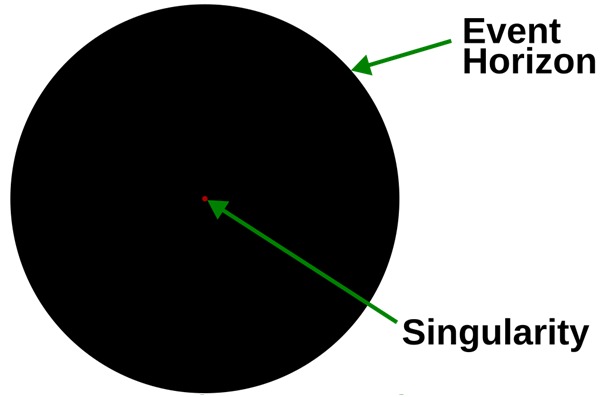
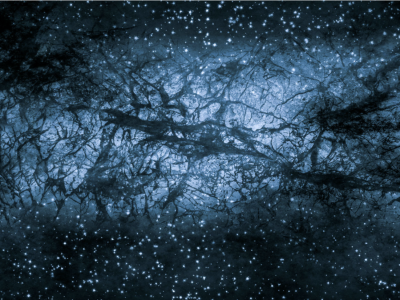

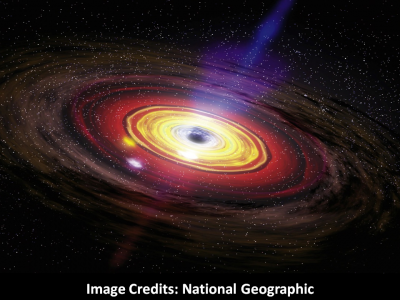
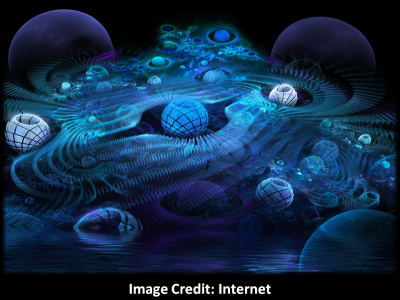








Good work👍